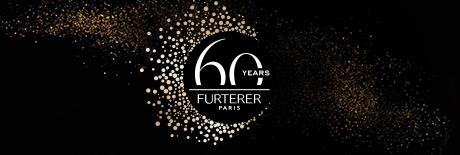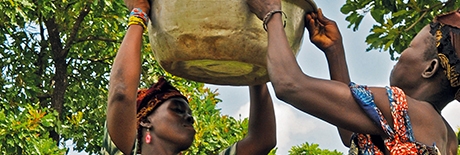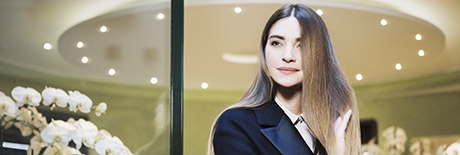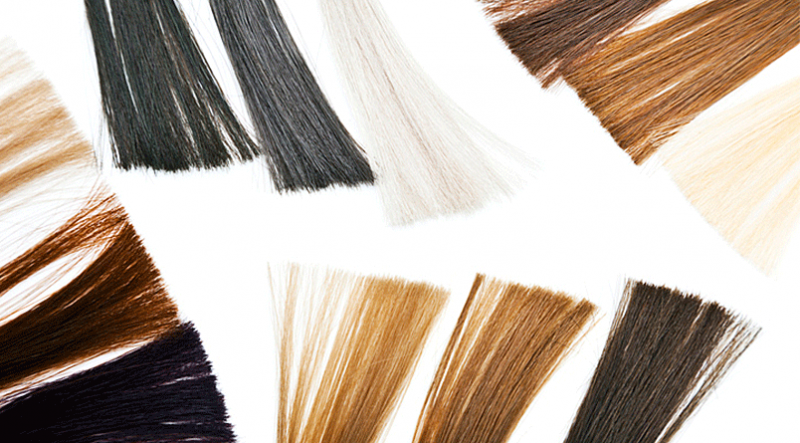
Determining the base hair color
The first step before lightening hair is to determine the natural color of your hair.
This is done using a “color chart,” which ranges from 1 to 10, from black to very, very light blond.
There is a one tone difference between each number:
This is done using a “color chart,” which ranges from 1 to 10, from black to very, very light blond.
There is a one tone difference between each number:
- black
- darkest brown
- dark brown
- medium brown
- light brown
- dark blond
- blond
- light blond
- very light blond
- • very very light blond
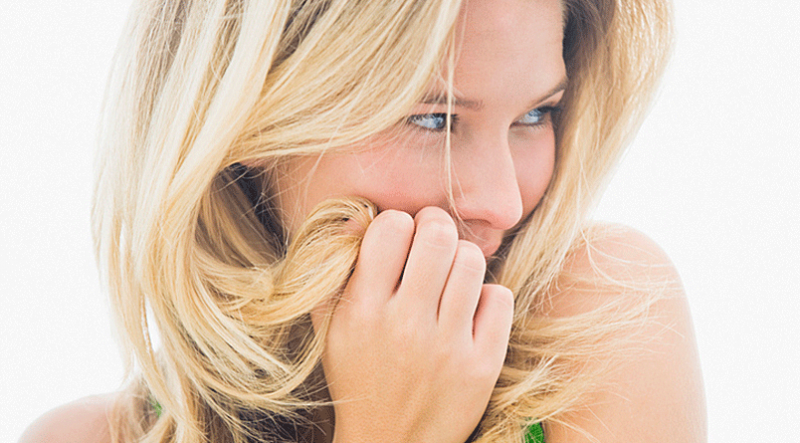
A lightening technique for every look
If your base color is brown and you want to become a light blond, the only solution is all-over bleach. It is the only technique that can lighten natural hair by up to 6 color tones or eliminate a previous color treatment before recoloring.
For slightly less dramatic transformations, super-lightening color treatment makes it possible to lighten your base by 3 to 5 tones and to swap your brown hair for light blond or even very light blond hair.
For a more subtle look, balayage creates an irresistible sun-kissed effect in hair through the interplay of very fine, diffuse highlights throughout the hair. This technique is particularly suited to light brown or blond bases.
If you are looking for dimension, highlights make it possible to vary the intensity with which the hair is lightened. They can be more or less pronounced depending on the level of contrast desired.
For slightly less dramatic transformations, super-lightening color treatment makes it possible to lighten your base by 3 to 5 tones and to swap your brown hair for light blond or even very light blond hair.
For a more subtle look, balayage creates an irresistible sun-kissed effect in hair through the interplay of very fine, diffuse highlights throughout the hair. This technique is particularly suited to light brown or blond bases.
If you are looking for dimension, highlights make it possible to vary the intensity with which the hair is lightened. They can be more or less pronounced depending on the level of contrast desired.
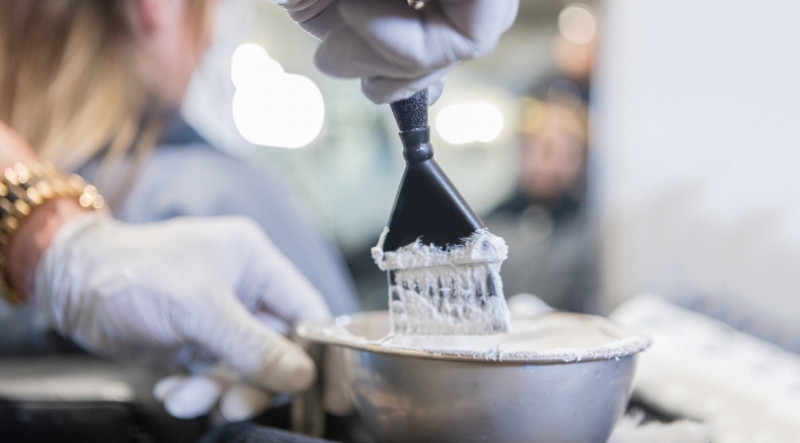
Lightening hair at home or at the hair salon
There are many brands on the market today offering lightening formulas or highlighting and balayage kits for home use. If you are naturally brunette, the expertise of a hairstylist or colorist is indispensable if you want to become blond. If your hair is already bleached or naturally blond, then it might be worth a shot to try a home kit.
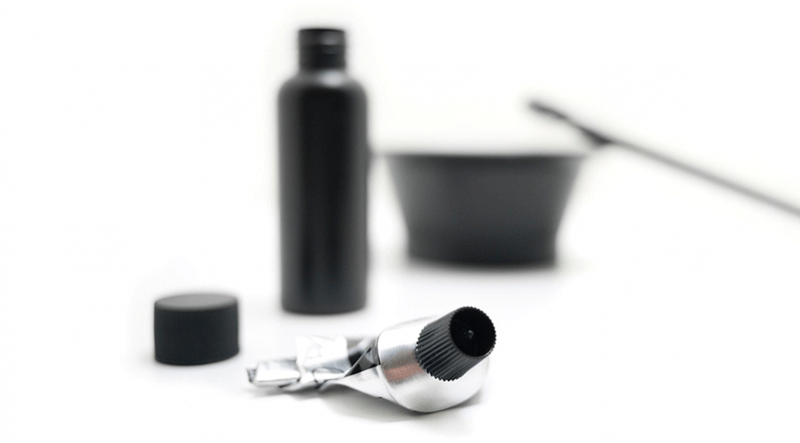
Is bleaching the right technique for me?
Much more aggressive than a color treatment, bleaching totally eliminates the hair’s natural pigments (or the pigments from a previous color treatment).
Although it is brutal on hair, it is often the only way to lighten your natural shade to a maximum or to obtain a bleached base that can be used to recolor hair.
Although it is brutal on hair, it is often the only way to lighten your natural shade to a maximum or to obtain a bleached base that can be used to recolor hair.
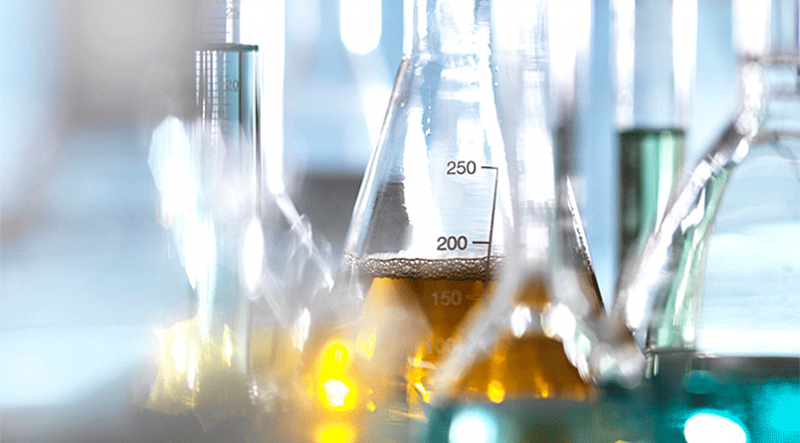
How does bleaching work?
Bleaching acts on the inside of the hair fiber. It works in two simultaneous steps:
1. Ammonia (or other alkaline agent) swells the hair shaft and opens up the cuticles on the hair.
The formula that is used is very strong and aggressive with a pH of 11 (on a scale of 1 to 14). Note that healthy hair has a pH of 5 and a traditional color treatment a pH of 9.
2. The persulfates, which are very powerful oxidants, penetrate the hair fiber to dissolve and permanently remove melanin. Oxygenated water, expressed in volume (10V, 20V, 30V), indicates the bleaching strength. The higher the volume, the more the hair is bleached and damaged.
The degree of lightening depends on the total length of time for which the product is left in after application.
A gloss or a color treatment can then be applied to create the desired tone of blond.
1. Ammonia (or other alkaline agent) swells the hair shaft and opens up the cuticles on the hair.
The formula that is used is very strong and aggressive with a pH of 11 (on a scale of 1 to 14). Note that healthy hair has a pH of 5 and a traditional color treatment a pH of 9.
2. The persulfates, which are very powerful oxidants, penetrate the hair fiber to dissolve and permanently remove melanin. Oxygenated water, expressed in volume (10V, 20V, 30V), indicates the bleaching strength. The higher the volume, the more the hair is bleached and damaged.
The degree of lightening depends on the total length of time for which the product is left in after application.
A gloss or a color treatment can then be applied to create the desired tone of blond.
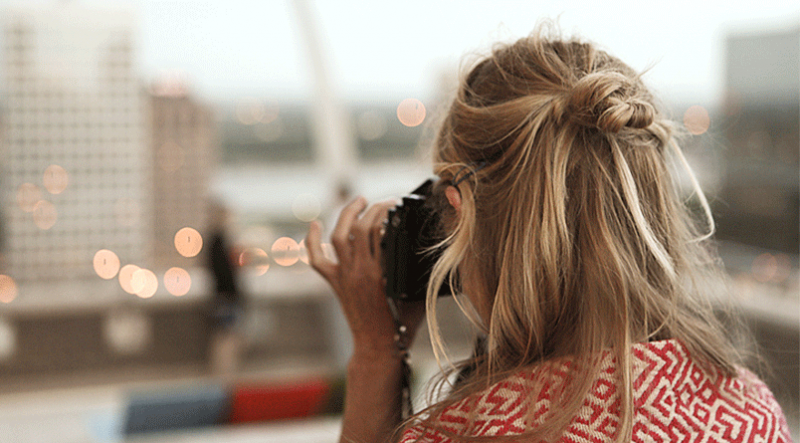
Is it possible to lighten hair without bleaching?
Lightening hair without resorting to bleaching is possible with super-lightening color treatment: easier and quicker, it makes it possible to become 3 to 5 tones lighter in a single step.
Less aggressive than bleaching, super-lightening color treatment still alters the structure of the hair itself, but is a good alternative to satisfy your desire for blond hair.
Less aggressive than bleaching, super-lightening color treatment still alters the structure of the hair itself, but is a good alternative to satisfy your desire for blond hair.
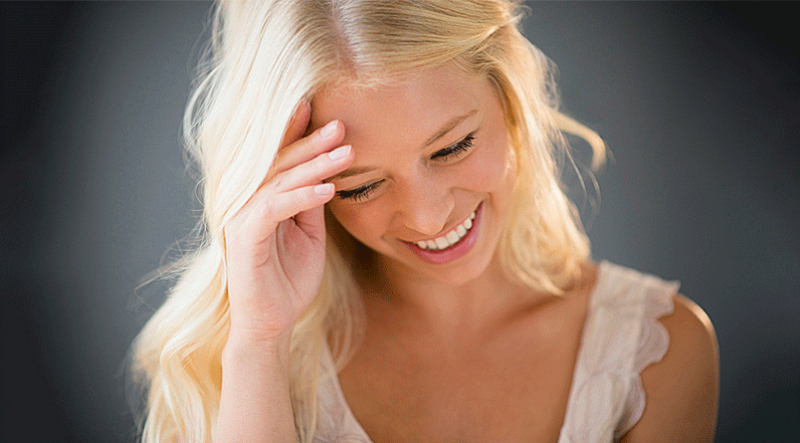
How does a super-lightening dye work?
Super-lightening color dyes follow the same process as traditional oxidation coloring dyes but use an alkaline agent – such as ammonia – in a stronger dose.
The ammonia opens the cuticles on the hair to allow the colorants to penetrate. At the same time, oxygenated water dissolves the hair’s natural pigments to allow the new color pigments to fix to the hair.
The ammonia opens the cuticles on the hair to allow the colorants to penetrate. At the same time, oxygenated water dissolves the hair’s natural pigments to allow the new color pigments to fix to the hair.
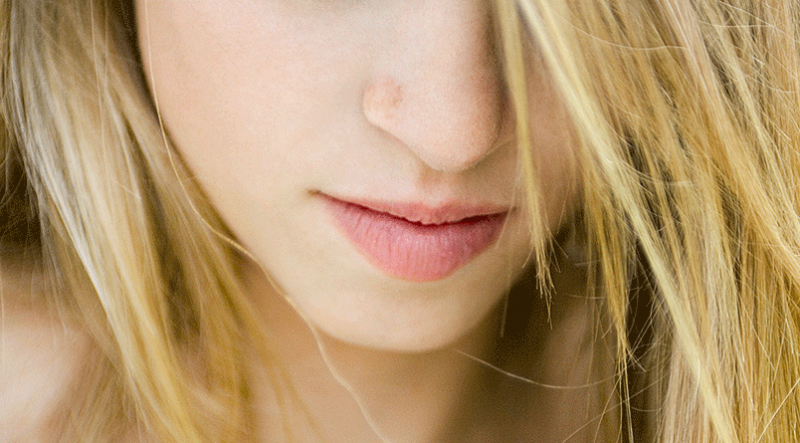
What is balayage?
SOFT, SEAMLESS, SUNKISSED HAIR
The sun-kissed effect that melts into the hair is what is so great about balayage.
Bleach is painted by hand onto strands throughout the hair for a well-blended result that mimics the way hair lightens naturally in the sun.Balayage make it possible to lighten hair by one or two tones.
It creates soft, natural looks that grow out with less noticeable regrowth lines than with traditional highlights.
The sun-kissed effect that melts into the hair is what is so great about balayage.
Bleach is painted by hand onto strands throughout the hair for a well-blended result that mimics the way hair lightens naturally in the sun.Balayage make it possible to lighten hair by one or two tones.
It creates soft, natural looks that grow out with less noticeable regrowth lines than with traditional highlights.
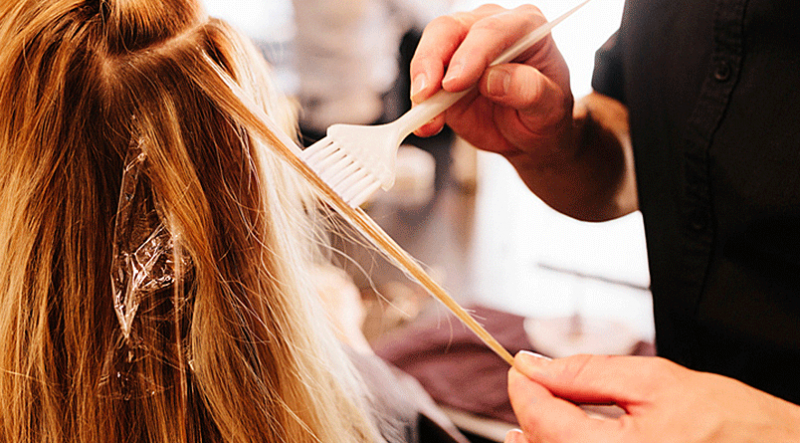
How is a balayage done?
Balayage, a diffuse bleaching technique, is done by hand with a brush or a sponge.
Lightening occurs along the length of the hair and over a number of extremely fine strands, which then blend into the hair as if they were lightened naturally by the sun.
Lightening occurs along the length of the hair and over a number of extremely fine strands, which then blend into the hair as if they were lightened naturally by the sun.
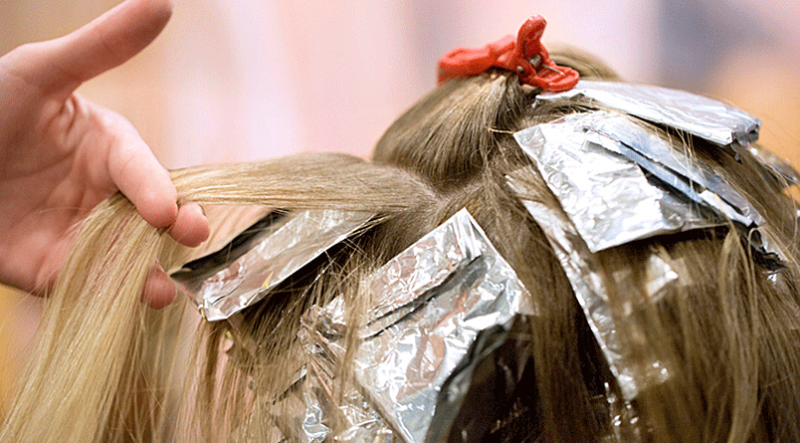
What are highlights?
FROM BABYLIGHTS TO HIGH-CONTRAST
A partial bleaching technique, highlights make it possible to lighten hair more or less intensely depending on the strength of the oxidant that is used. It is possible to produce a varying amount of contrast between the bleached hair and the natural hair depending on the desired result.
Highlights can be used to create more natural looks (babylights) or more dramatic, contrasted looks.
A partial bleaching technique, highlights make it possible to lighten hair more or less intensely depending on the strength of the oxidant that is used. It is possible to produce a varying amount of contrast between the bleached hair and the natural hair depending on the desired result.
Highlights can be used to create more natural looks (babylights) or more dramatic, contrasted looks.
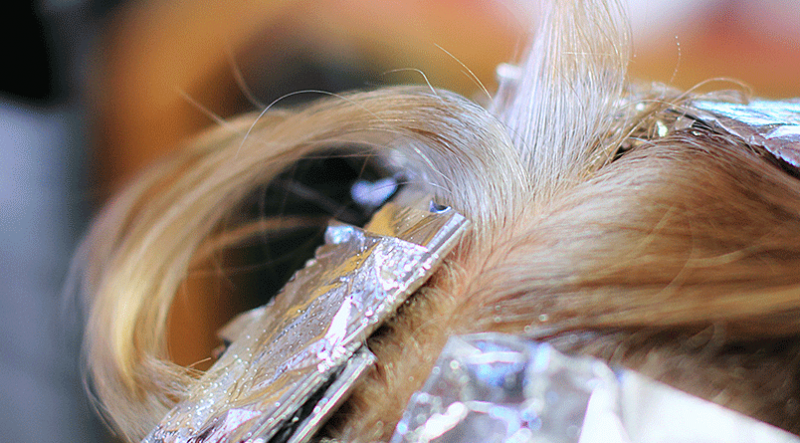
How are highlights created?
This technique involves isolating strands of hair of varying thicknesses on which the oxidant will act to lighten the natural color base. These strands are kept separate from the base color with foil or plastic wrap. The thicker the strands selected, the more visible the resulting highlights.
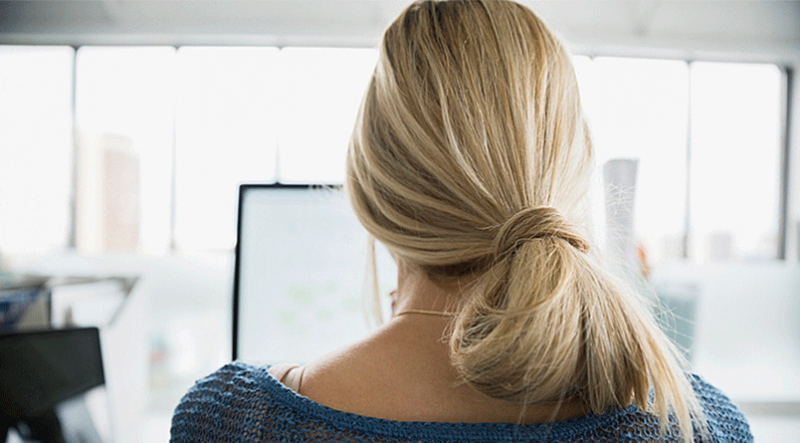
How to compare these different techniques for lightening hair?
Between going for platinum blond and opting for a sun-kissed effect on brown hair, there is a whole palette of shades and techniques to become familiar with in order to choose the right shade of blond for you.
| Application | Color change | Hair damage | |
| Bleaching | Overall | Lightens by up to 6 tones | Extensive |
| Super-lightening color treatment |
Overall | Lightens by up to 3 to 5 tones | Significant |
| Balayage | Diffuse | Lightens by up to 2 tones. Creates subtle shades | Major |
| Highlights | Partial | Creates contrast and dimension | Extensive |




